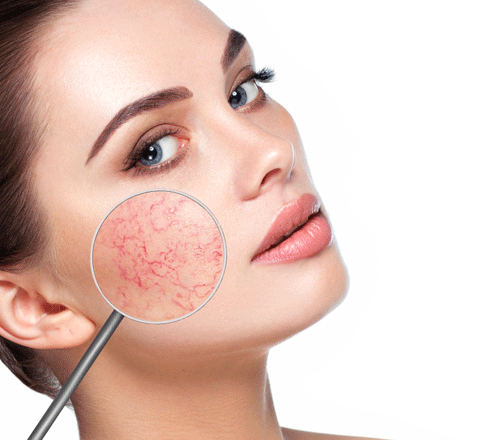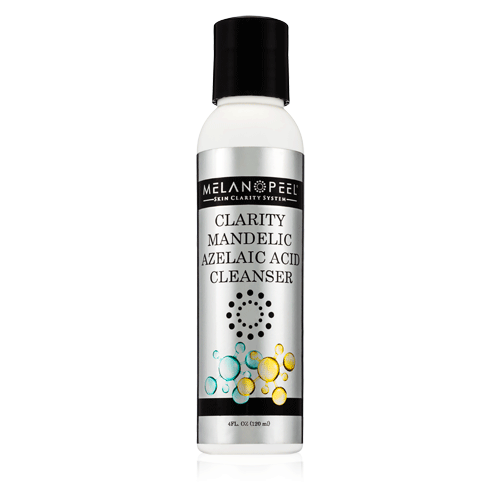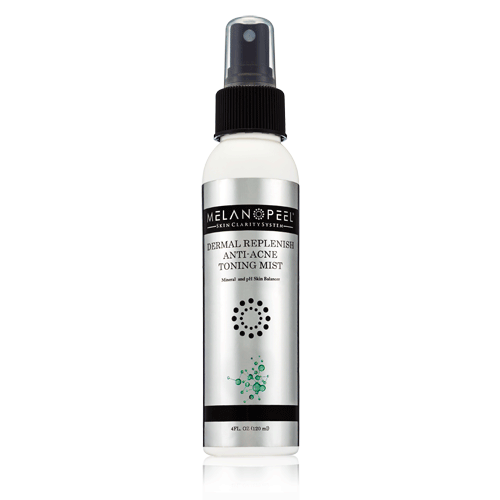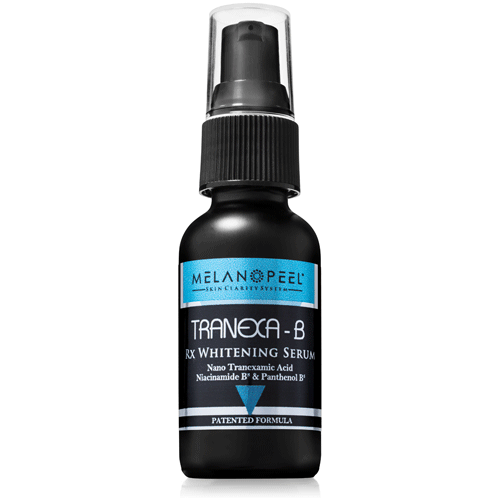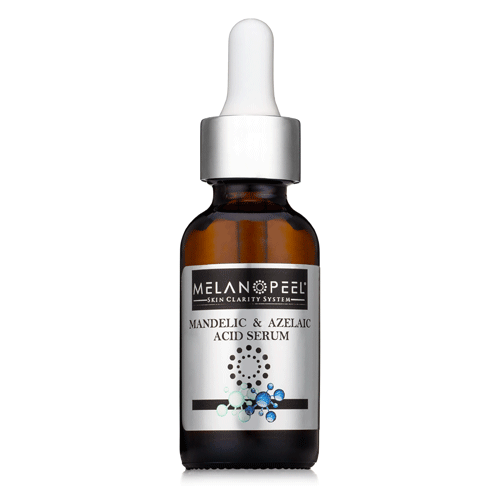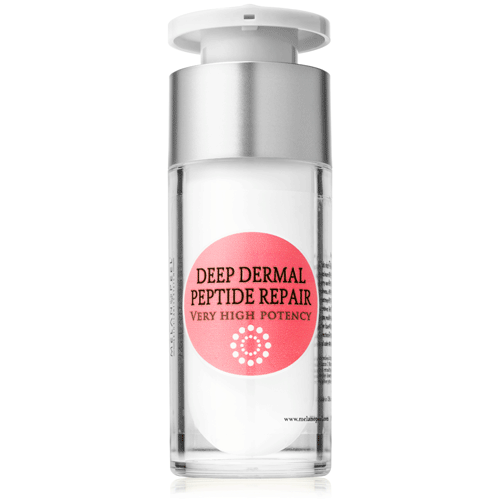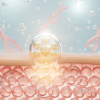Rosacea, similar to melasma, presents as a cosmetic skin concern that can be difficult to control. The rosacea stereotype is a Caucasian female with flushed red, rosy cheeks plus broken or dilated facial capillaries and sensitive skin.
Did you know that there are 4 rosacea subtypes?
Did you also know that these have different presentations and appearances, and that rosacea can occur in dark skinned individuals? Let’s explore the different types of rosacea, and effective recommended treatments.
Rosacea triggers:
Known triggers for rosacea include:

- Alcohol
- UV radiation,
- Blue light
- Heat
- Spicy foods
- The follicular skin mite, Dermodex.
- Some studies have suggested a link between the stomach bacteria Helicobacter pylori and rosacea.
Rosacea subtypes:
- Rosacea subtype 1 is the typical one seen with facial flushing.
- Subtype 2 is redness associated with acne, and can be found in all skin colors, including dark skin.
- Subtype 3 is related to thickened skin on the nose.
- Subtype 4 is related to eye inflammation. Some persons present with a mixture of subtypes.
As you can see, rosacea can be seen on the skin as various conditions that do not look the same. Therefore, you need the trained eye of a dermatologist or aesthetic practitioner to recognize the different suntypes.
Rosacea management and treatments:
In cosmetic dermatology suntypes 1 and 2 can be managed aesthetically with topical creams and serums.
Rosacea tends to appear in cycles brought on by triggers. A common distribution pattern on the face is the T-zone and cheeks. The common denominator for rosacea is that of inflammation, skin sensitivity, and a weakened barrier function. Your treatment options therefore should address these 3 key areas.
Rosacea is known to respond very well to our favorite star hydroxy acid, mandelic acid💖.
This is possibly due to it’s low irritation, anti-inflammatory and antimicrobial activity of mandelic acid.
ROSACEA TREATMENT OPTIONS:
To address inflammation & sensitivity:
- Avoid known triggers
- Use gentle, soothing anti-inflammatory skin care
- Use prescription medication targeting the Dermodex mite
To strengthen barrier membrane function:
- Use skin care that specifically heals the skin and restores hydration and essential lipid ceramides
- Avoid harsh abrasive treatments
Our Melanopeel rosacea-friendly list
Key ingredients include anti-inflammatory mandelic acid, azelaic acid, soothing Asian White Tea, skin-healing niacinamide, tranexamic acid which strengthens barrier membrane, peptides which help with collagen building, and oils which replenish essential cellular lipids needed for a strong barrier membrane. Our Dermal Replenish Mist with pH balancers and moisturizing factors should be on the list for any patient with acne, inflammation, sensitive skin and redness.
Mandelic Azelaic Cleanser White Tea Cleanser White Tea Toner Replenish Toning Mist Tranexamic Niacinamide Serum Mandelic Azelaic Serum Deep Dermal Peptide Repair Dermal Recover Serum


